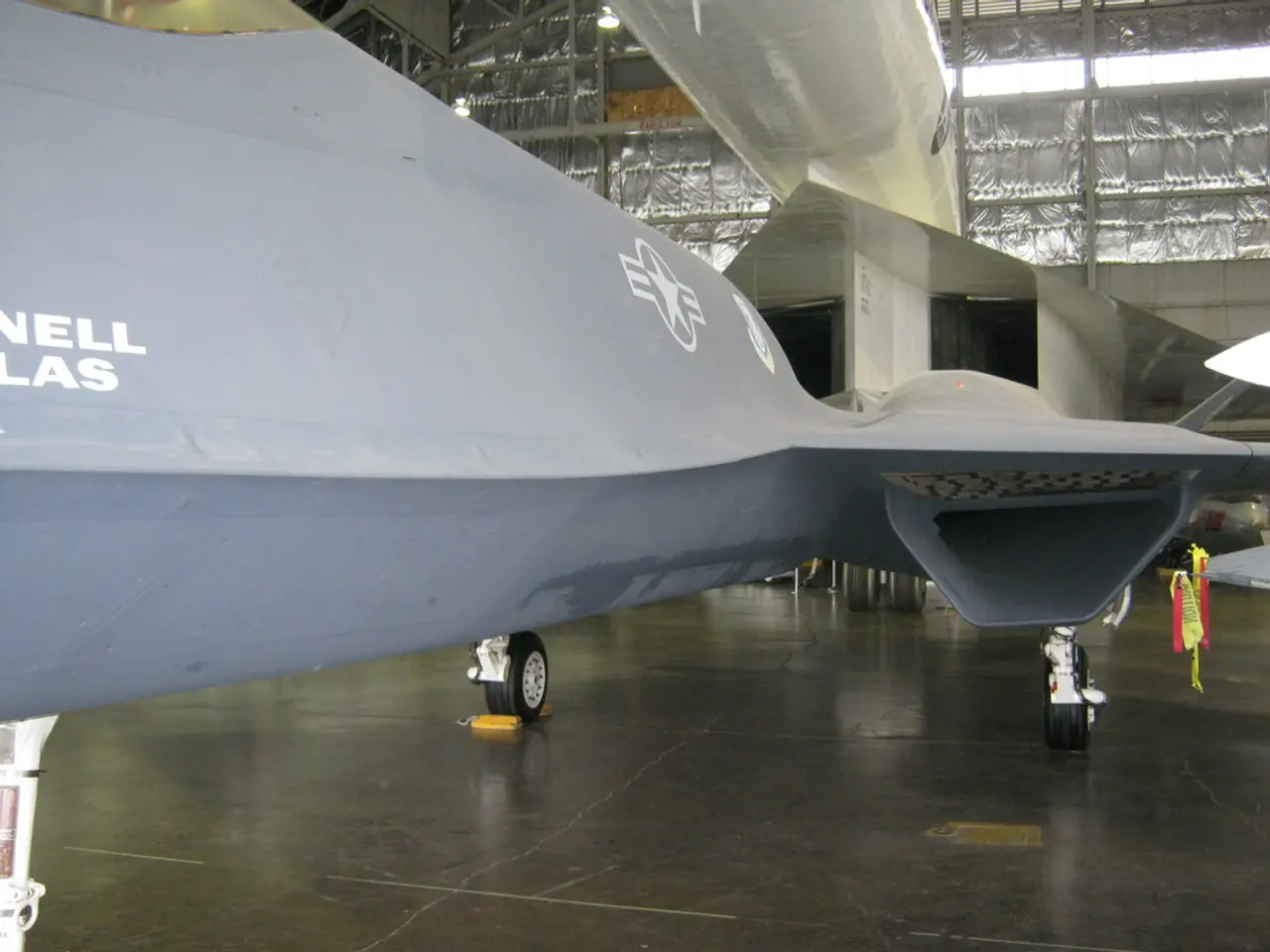The Narrative of the Boeing 747
The Boeing 747, a symbol of luxury and prestige in the aviation industry, has officially left the production line after a remarkable run of 55 years. The final Boeing 747 was delivered to Atlas Air in January 2023, marking the end of an era for aviation.
First introduced on September 30, 1968, the Boeing 747 revolutionised air travel with its innovative two-deck cabin and wide-body design, providing passengers with a spacious and comfortable flying experience. Over the past five decades, the 747 has played a significant role in the aviation industry, setting new standards and shaping the future of air travel.
However, the rise of smaller and more fuel-efficient aircraft, such as the Boeing 787 Dreamliner, has made the 747 less appealing to airlines. The 747's high operating costs and fuel consumption have made it less attractive to carriers seeking more cost-effective solutions. Additionally, the vast majority of the 1,574 Boeing 747s built over its production life are no longer in service, indicating reduced demand for new 747s.
The decline in demand for large commercial airliners is a key reason for the end of the 747's production line. Airlines increasingly favor fuel-efficient, twin-engine widebody jets over the four-engine 747, as twin-engine aircraft generally have lower operating costs and better fuel efficiency. The aerospace market has shifted towards newer models, and delays or lower demand for large four-engine aircraft affect the economic case for continuing 747 production.
The Boeing 747-8, introduced in 2011, was the largest and most advanced 747 ever built, but it failed to reverse the trend of declining sales. The 747-400, introduced in the late 1980s, was the most advanced version of the aircraft, but even it could not stem the tide of technological advancement and changing market preferences.
Despite its retirement, the Boeing 747 will always be remembered as a symbol of luxury and prestige in the aviation industry. Its impact on the aviation industry will never be forgotten, and its legacy will continue to inspire future generations of aircraft designers and engineers. The departure of the Boeing 747 from commercial service will be felt by many, marking the end of an era for aviation.
References: [1] https://www.reuters.com/business/aerospace-defense/boeing-delivers-final-747-atlas-air-2023-01-20/ [2] https://www.boeing.com/commercial/747/history/ [3] https://www.cnbc.com/2023/01/20/boeing-delivers-last-747-ever-as-airline-preferences-shift.html [4] https://www.theguardian.com/business/2023/jan/20/boeing-747-last-ever-delivered-to-atlas-air-as-era-ends [5] https://www.wsj.com/articles/boeing-747-production-to-end-amid-declining-demand-11673966401
The decline in demand for large commercial airliners, favoring fuel-efficient and cost-effective models, has significantly impacted the production of aircraft like the Boeing 747, prompting the transition of finance in the aerospace industry toward newer, more efficient models. Reminiscent of a time when the 747 revolutionized both the aerospace and transportation sectors with its pioneering design, its distinct role in setting industry standards and shaping air travel is now a treasured part of aviation history.








